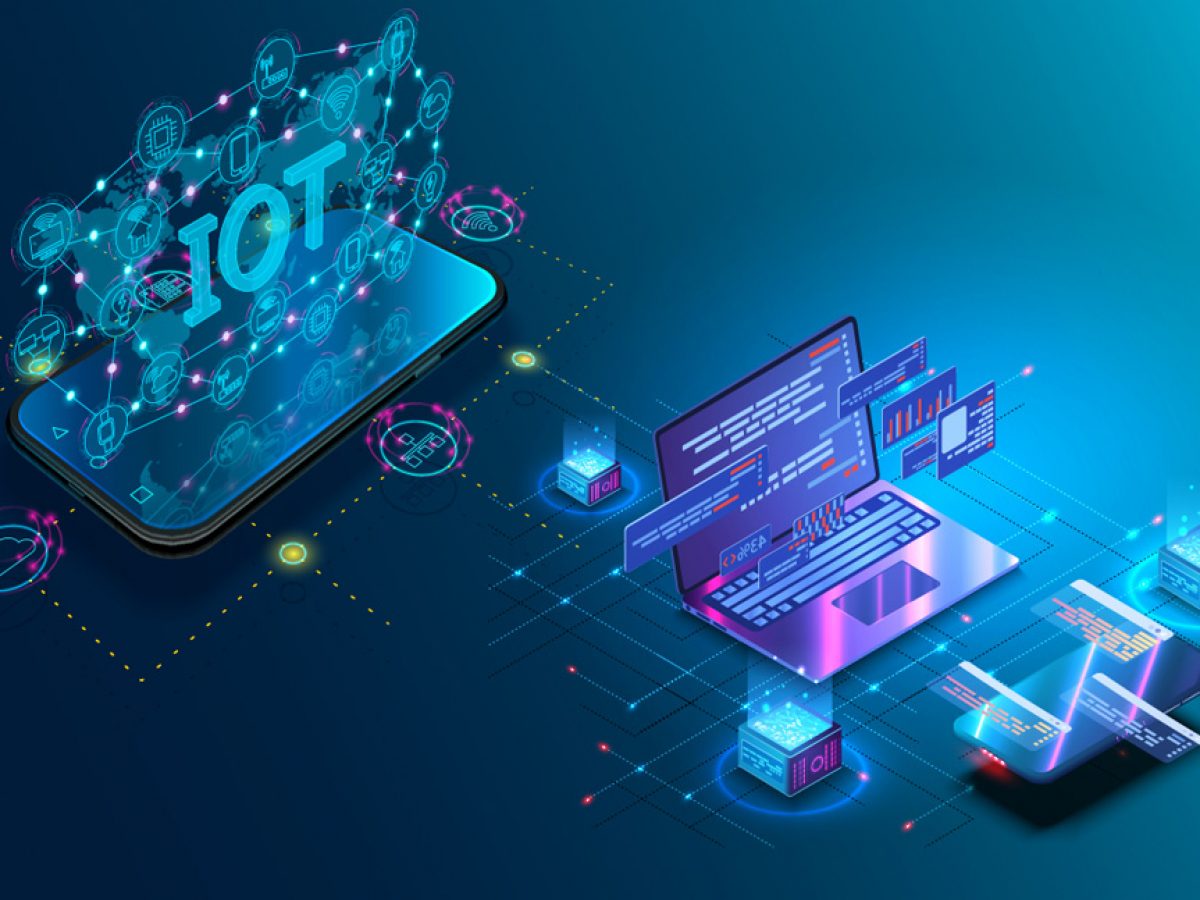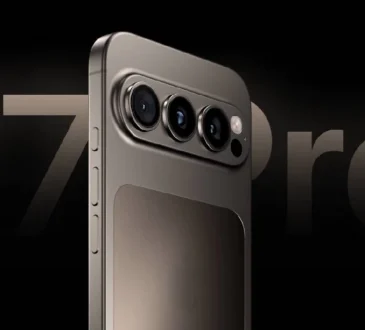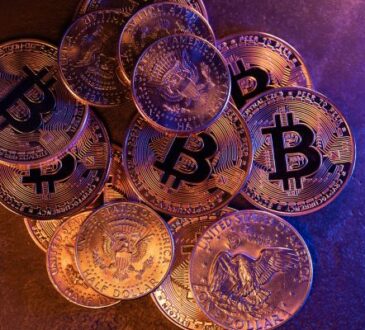
Collaboration with carriers brings new challenges, including the added complexity of connecting IoT solutions in devices to mobile networks, maintaining partnerships with mobile operators around the world, and ensuring that your products work seamlessly. When you sign contracts with multiple carriers, IoT connectivity platforms provide a single interface for deploying, monitoring and managing your devices anywhere in the world. Your job is to manage connectivity between your devices and your cloud platform for many mobile operators as well as other types of specialized carriers such as Sigfox.
Connectivity is an integral part of the IoT stack that connects IoT devices locally to the cloud and other big data repositories. Many consumer IoT products rely on Wi-Fi to connect to the Internet. Their connectivity management is included in their application enablement platforms.
With so many possible real-world applications of IoT solutions, there is no shortage of connectivity solutions for them. This section provides a brief overview of some of the most important alternative Internet protocols intended for use in IoT systems.
The Internet of Things ( IoT ) describes a network of physical objects (things ) connected to sensors, software and other technologies to connect and exchange data with other devices and systems within the network. It refers to a system of interconnected objects connected to the Internet of Things that are capable of collecting and transmitting data without human intervention through a wireless network. It strives to connect devices for seamless functionality and ease of use.
Things are evolving through the convergence of several technologies, such as real-time analysis, machine learning, raw material sensors, and embedded systems. In the consumer market, IoT technologies are synonymous with products that are part of the concept of a smart home, including devices and devices such as lighting fixtures, thermostats, security systems, cameras and other household appliances that support one or more common ecosystems and control units connected to these ecosystems, such as smartphones and smart speakers. The IoT solution is abundant in manufacturing, transportation, and utilities that use sensors and other IoT devices, but it also finds use cases in organizations such as agriculture, infrastructure, home automation, and industry-leading digital transformation organizations.
IoT applications enable retailers to manage inventory, improve customer experience, optimize supply chains, and reduce operating costs. For companies dealing with a large number (millions) of IoT devices, collecting and managing data from these devices can be challenging. IoT platforms make it easier to collect data from devices and enable the transformation of businesses.
For example, intelligent shelf pass and weight sensors collect RFID-based information and send it to an IoT platform to monitor inventory and trigger alarms when items become scarce. Lighthouses push targeted offers and promotions to customers and thus provide a more attractive experience.
The Internet of Things (IoT) refers to the assembly of electronic devices and related things through data exchange. In this case, the user’s smartphone is used as a hardware component for IoT solutions.
IoT uses sensors and controllers to collect data, coupled with analysis software, to process the data into actionable insights. IoT provides real-time insight into the state of things and allows users to take timely actions based on these findings.
IoT collects and analyzes data on mission-critical processes, corporate assets and equipment, customer behavior, employee welfare, and security. Many companies prefer to build their own IoT platforms that integrate sensors, gateways, devices, communication networks, data analysis software and application interfaces.
Google’s Brillo and Weave platforms are designed for fast implementation of IoT solutions. The ARM Mbed IoT platform for developing apps for IoT is based on ARM microcontrollers. Pre-made options are not for everyone, but you can work with trusted developers to build your customized IoT platform.
It can be a difficult task if you want to find your way through the technological maze of the IoT, given the variety and sheer number of technological solutions that surround it. With this in mind, let us take a quick look at the machinery of the IoT world and what all goes together. For the sake of simplicity, we will divide it into four basic technological levels that will help make the Internet of Things work.
The term “Internet of Things” is relatively new, but it does not refer to it. Machine-to-Machine (M2M) has existed since the 1970s, but the basic concept of a network of computers at distance exists since the birth of the Internet itself.
Lorawan is based on Chirp Spreading Spectrum Technology, according to Semtech, a major provider of Lora equipment and services (CSS). The Lora Gateway enables bidirectional connection between Lora-based IoT solutions and devices to process messages.
The Internet of Things (IoT) is a system of interconnected computer devices (mechanical and digital machines, objects, animals and humans) providing unique identifiers (UIDs) and the ability to transmit data over a network without human-to-human or human-computer interaction. It is a physical device that connects and shares data with another thing: people.
We count IoT gateways that make it possible to transfer data from IoT-enabled things to connected objects as IoT devices, not because they are on a different IoT technology level and not in the hardware we see.
Apart from that, the IoT solution stack includes all the necessary technologies to move IoT devices and data to the actual purpose and goals of the so-called IoT use cases. It is a set of technologies and standards for applications that range from simple connections of objects to the Internet to simple and complex applications that use these interconnected things and the data they collect and communicate, as well as the various steps required to power these applications. In this stack there is the possibility of IoT devices that have a reason to connect things to the Internet.
The key sentence in my definition above is an integrated technology bundle that includes many sensors. To repeat the definition, an IoT solution is an “integrated bundle” of technologies that an organization buys to solve an organizational problem or create a new organizational value. The industry has come this far in recent years with IoT solutions.




